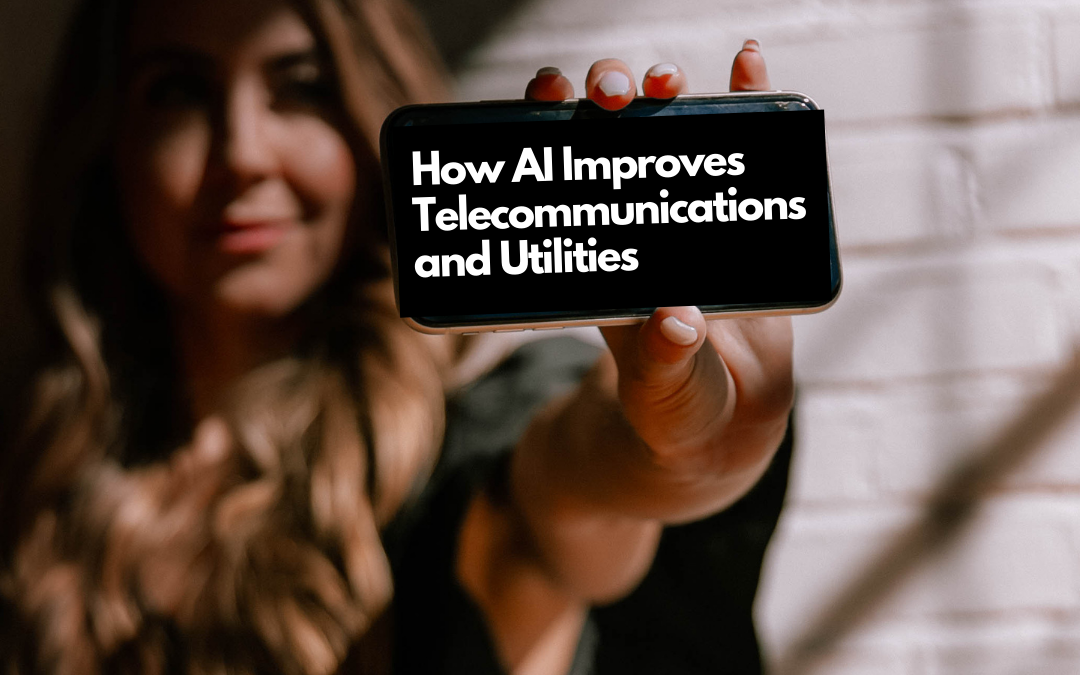Few fields have enjoyed as much growth in the past few centuries as telecommunications. Humble beginnings can be found in Alexander Graham Bell’s introduction of the telephone into society, or the inclusion of the television into the majority of American homes in the 1950s.
You probably do not need to be reminded of the ubiquitousness of these technologies in modern society. From the smartphone that is in just about everyone’s pocket to the multiple TVs that are in their homes, these devices have launched the energy use per average household into the stratosphere.
Using these things are not free, which you have probably already surmised. And those are just the (arguably) nonessential energy-using devices, too. When it comes to utilities like gas, lighting, water, etc., that we rely on to make our homes habitable, using these things can get expensive.
For those who provide telecommunications and utilities services to customers, it is clear that these material comforts are necessary for what customers consider a good life. A big challenge in these industries is how to offer customers the best good life possible with their services.
The digital transformation of many telecom and utility providers has made it easier for customers to reach out to those providers, and vice versa, streamlining communications between both parties so that better and more efficient service is made possible.
This is a good thing, but many companies fail to see just how much they could improve their customer outreach efforts by automating these processes. With artificial intelligence tools, providers can offer 24/7 services to countless customers.
Read on to learn about how AI can play a role in areas involving customer-company communication in telecommunications and utilities. These include chatbots that are primed to answer questions relating to a company’s unique services, and prediction platforms that can determine which services are best fit for which customers.
Conversational Computing Platforms
A chatbot, which is the “How may I help you?” box that appears on many companies’ websites, is becoming an increasingly popular option for businesses in their outreach efforts.
Chatbots are conversational computing platforms, which are AI tools that are trained to hold substantial and sensible conversations with human users. The most popular modern examples include Apple’s Siri and Amazon’s Alexa platforms, but the truth is that conversational computing platforms have been a part of AI since the early days.
Those early days include 1950, the year that the Turing test was performed, where humans had to guess whether the interlocutor they were having a text chat with was a human or a computer. If they guessed “human” when it was the computer, then that computer passed the Turing test.
A chatbot you employ does not need to pass the Turing test to be successful. In fact, customers actually like transparency, and their worries about human-AI interaction tend to center around efficiency.
Chabots offered by companies like Findability Sciences excel at human interaction. Findability Sciences’ conversational computing platform has been implemented by a leading energy company in the Middle East that, since implementation, has enjoyed a significant boost in customer satisfaction.
With FS’ 24/7 conversational AI tool, customers are able to report outages, submit service requests, and pay bills at any time of day, with prompt responses in return.
Predicting How to Best Reach Your Customers
Findability Sciences offers more than just conversational computing platforms. One of their premier offerings is Predict+, which is a prediction platform that is equipped to cover a wide range of prediction-based tasks. (The majority of AI tasks are prediction-based, so you can be assured that Predict+ is wide-ranging in its services.)
For a Japan-based telecom company, belonging to the Fortune 100, Findability’s prediction platform was able to up their customer outreach game by identifying which of their customers were the most likely to want a smartphone upgrade.
This was predicted with an 88% accuracy as well, which offers an excellent bet for choosing which customers are the most likely to respond to, say, email marketing efforts relating to smartphone upgrades.
Product suggestions is a task fit for an AI tool. One of the best things that the Internet has done for marketing is that it offers customers, potential and actual, a place to express themselves. AI tools can analyze scores of customer-authored data to find out their tastes and opinions, and tailor this towards making predictions about what products and services they are most likely to desire.


Recent Comments